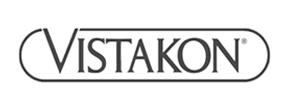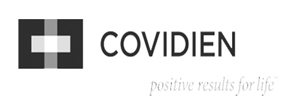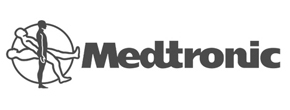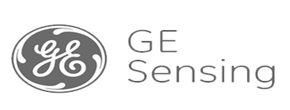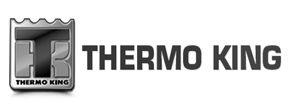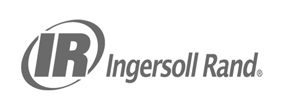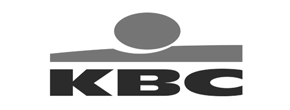The question of which option to choose , that bests suit your particular application is a common one in the water treatment market. Chemical dosing and ion exchange are two common methods for treating hard water, each with its own advantages and considerations. Within heat exchanger cooling and AHU units consideration must be given to the material in which the dosing chemical is to come in contact with. With the scarcity of minerals it is more common composites making up a particular material, the effect of impurities, concentration of chemical dosing, temperature, agitation etc. can have a damaging effect on the material over time as the composition of the material reacts with the chemical. An aluminum alloy/composite containing 2.5 % Mg and 0.5 % Cr (52S) can under certain conditions using sodium hydroxide and the added effect of impurities, can degrade and damage the unit
Chemical Dosing:
Chemical dosing involves adding certain chemicals to hard water to precipitate or sequester the dissolved minerals responsible for water hardness. Common chemicals used include lime (calcium hydroxide), soda ash (sodium carbonate), and polyphosphates as well as sodium hydroxide.
Advantages:
– Cost-effective for small-scale applications.
– Can be easily implemented and requires less maintenance compared to ion exchange systems.
– Can treat a wide range of water hardness levels.
Considerations:
– Chemical dosing may introduce additional substances into the water, which might require further treatment for removal.
– It may not be as effective for very high levels of water hardness.
– Requires ongoing monitoring and adjustment of chemical dosage.
Ion Exchange:
Ion exchange involves passing hard water through a resin bed containing ion exchange resin beads. These resin beads are typically charged with sodium ions. As the hard water passes through the resin bed, the calcium and magnesium ions responsible for hardness are exchanged for sodium ions, effectively softening the water.
Advantages:
– Highly effective at softening water, even at high hardness levels.
– Produces consistently softened water without introducing additional substances.
– Can be automated and requires minimal operator intervention once set up.
Considerations:
– Initial setup costs and equipment can be higher compared to chemical dosing systems.
-Requires periodic regeneration of the ion exchange resin bed using a brine solution, which adds operational complexity and salt consumption.
– May not be suitable for very large-scale applications due to space requirements and regeneration logistics.
The choice between chemical dosing and ion exchange depends on factors such as the initial hardness of the water, the desired level of softness, available space, budget, and maintenance capabilities. Small-scale applications or situations where cost and simplicity are prioritised may favor chemical dosing, while larger-scale installations or where consistent, high-quality softened water is required may lean towards ion exchange systems.
Copyright One Eight Filtration


